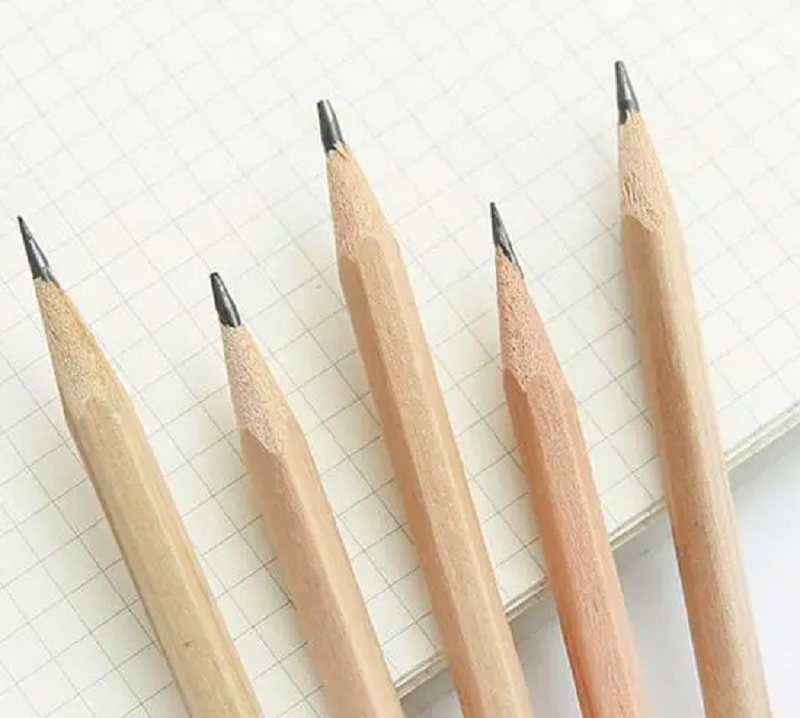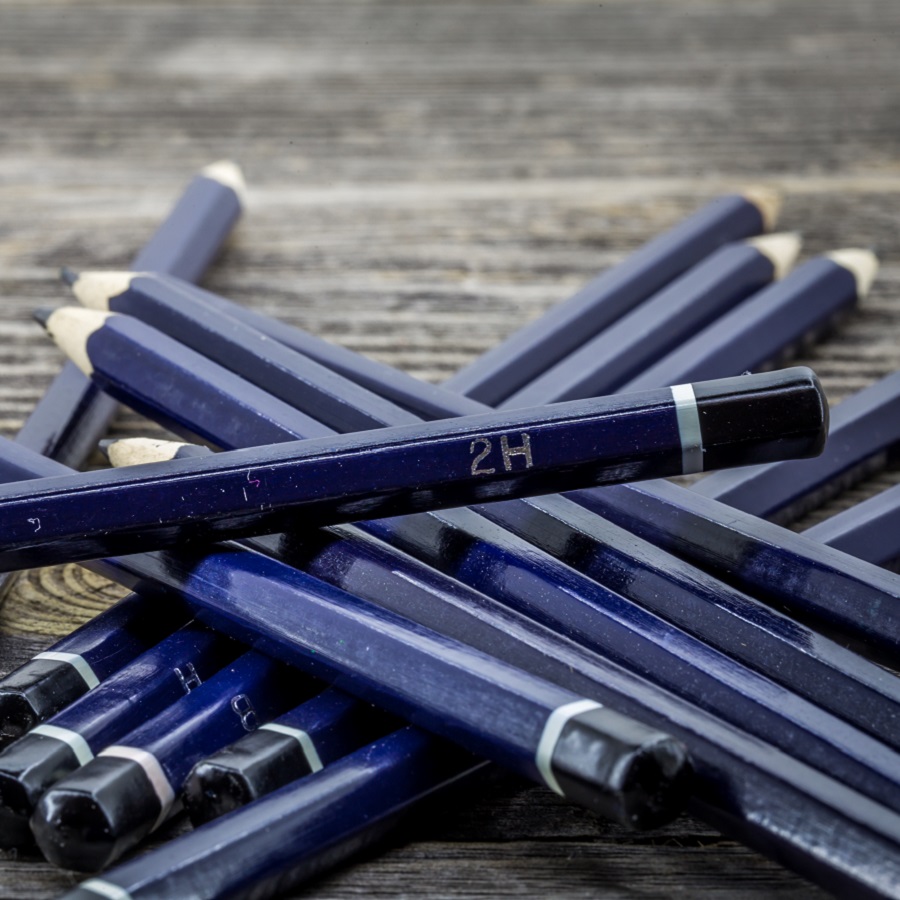No.2 pencils, often referred to as HB pencils, have been a staple in educational settings and everyday writing for decades. These pencils, known for their balanced hardness and darkness, are not just tools for writing but symbols of tradition and reliability. In this article, we’ll explore the history, characteristics, and modern relevance of No.2 pencils, ensuring you understand why they remain a favorite among students, artists, and professionals alike.
Understanding the Basics of No.2 Pencils

No.2 pencils, or HB pencils, are a type of graphite pencil where ‘H’ stands for hardness and ‘B’ for blackness. The ‘HB’ classification indicates a medium hardness and a moderate level of graphite darkness, making it ideal for writing and drawing. Unlike harder pencils (H to 2H), HB pencils leave a darker mark, which is crucial for exams and important documents where clarity is paramount. Additionally, the graphite in HB pencils is softer, which means it erases more cleanly, reducing the risk of smudging or leaving marks.
The Cultural and Educational Significance of No.2 Pencils

No.2 pencils have a storied history, particularly in educational systems around the world. They are the standard for standardized tests in the United States, including the SAT and ACT, due to their ability to produce clear, dark marks on answer sheets. This preference extends to many professional exams and government forms, highlighting their reliability and universal acceptance. The simplicity and effectiveness of No.2 pencils make them a timeless choice for anyone needing a dependable writing tool.
Choosing the Right No.2 Pencils



